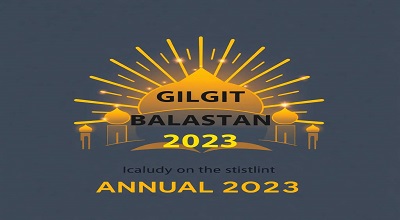Gilgit Baltistan Exam 2023
Gilgit Baltistan Annual Exam– 2023. Today school level (Primary + Middle Section) annual exam 2023 commenced throughout Gilgit Baltistan. All students participated in their first paper. Students’ attendance is 100% at all schools of GB.
Exam Review
School-level annual exams are typically held at the end of an academic year to evaluate students’ knowledge and understanding of the curriculum. These exams are important as they provide a snapshot of a student’s performance and progress throughout the year, and can help identify areas for improvement.
It’s important for students to prepare well in advance for these exams by reviewing class materials, completing homework assignments, and practicing past exam questions. Students should also ensure they get enough sleep and eat well before the exam to optimize their performance.
Teachers and Parents can also support students by providing guidance, encouragement, and resources to help them prepare for the exam. Ultimately, the goal of school-level annual exams is to ensure students are well-prepared for future academic pursuits and career paths.
